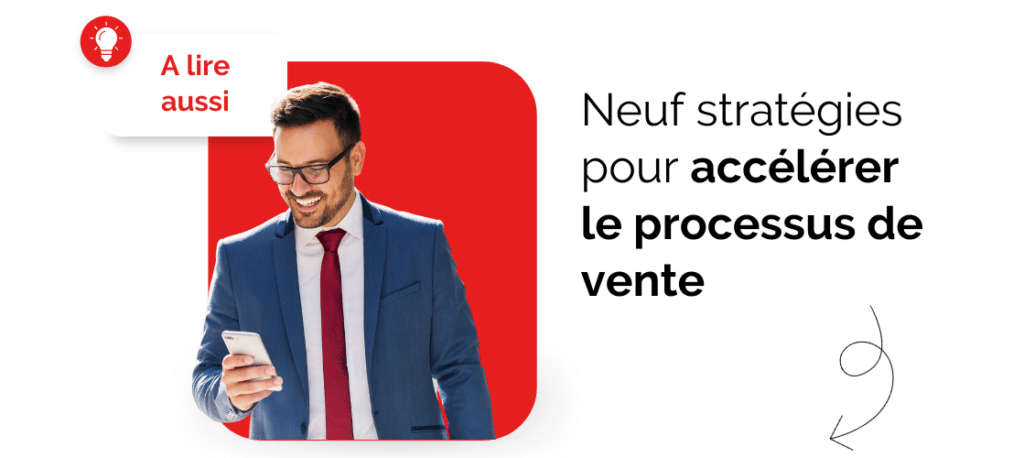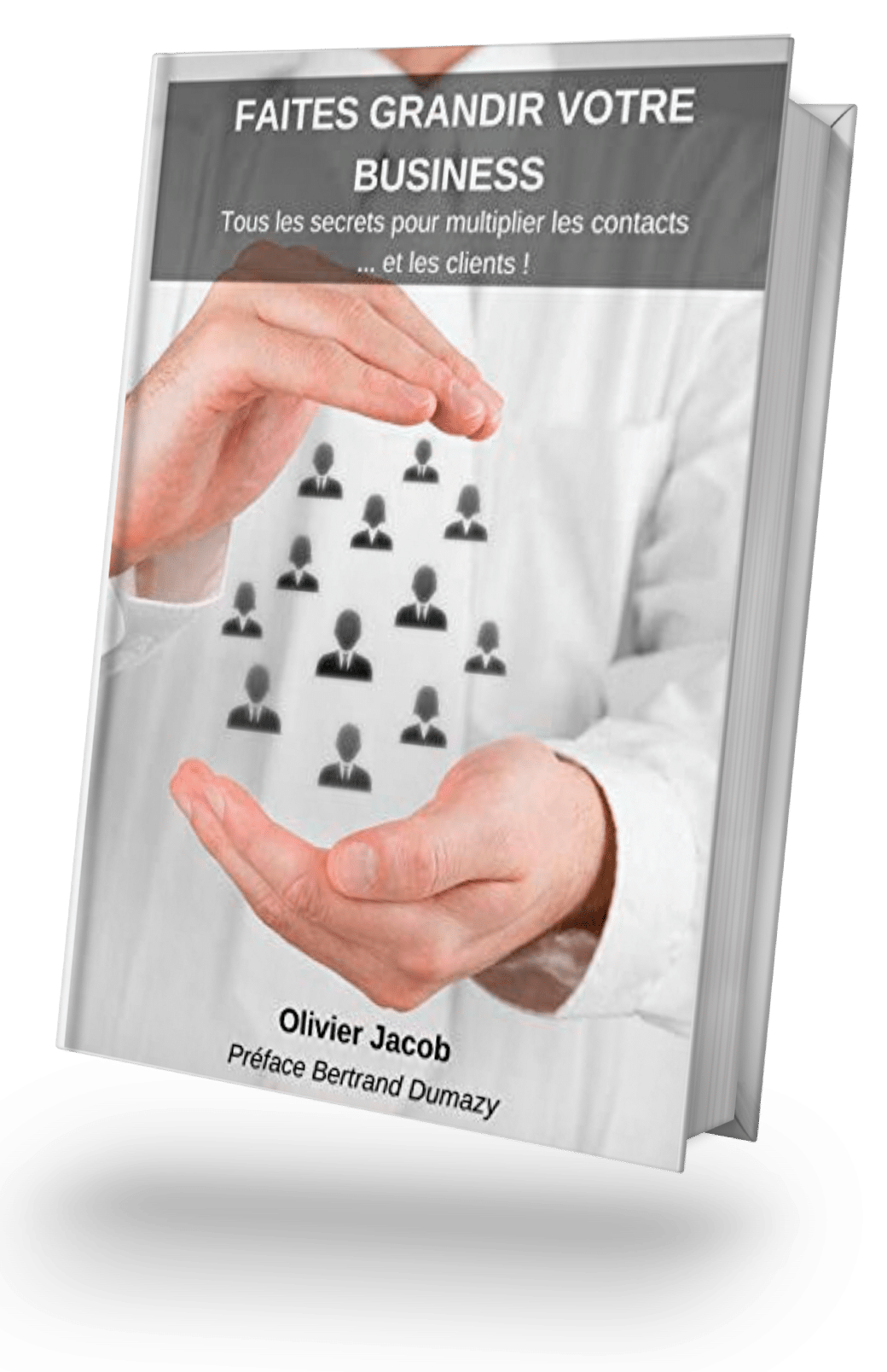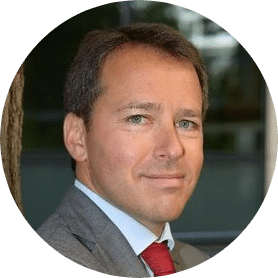Sometimes it just seems impossible to turn an interested prospect into a buying customer. You talk and talk but never get to the next step.
Have you experienced any of these scenarios?
- "We've met several times over the past six months, but nothing seems to be happening."
- "They keep saying they are interested but there is no progress."
- "They keep asking for more details on how we can address the problem, but they won't buy."
- "I feel like they are only using us to get information so they can do it themselves."
- "They only talk to us to pressure their already existing supplier's pricing."
These situations are not as mysterious as they seem. There are 6 essential conditions that must be in place before a customer becomes a buyer. If these six elements are missing, you'll be stuck like in an endless Bill Murray movie, repeating the same meeting or conversation over and over again. I call these 6, "The 6 prerequisites for creating a buyer":
1. The customer perceives a problem or an opportunity that is
significant in size and importance.
It has to be a "big problem". Solving it has to be very profitable and the executive has to take care of it - he has to be the economic buyer (otherwise he can't become the buyer!). "We really need to solve this problem, otherwise we won't be able to achieve our objectives."
Test: Ask them to describe the payoff they're considering. Ask if they've ever tried to solve it themselves (if not, why would it matter?). Make sure the person you're talking to takes ownership of the problem/opportunity and is empowered to act.
2. The customer is very dissatisfied with the rate of change.
The customer is not satisfied with the progress made in solving the problem or realizing the opportunity. Perhaps they are not moving fast enough, or perhaps the level of quality or performance is not up to expectations. "We just haven't made the progress I was hoping for"
Test: Watch for words like "frustrated", "concerned", "unhappy", "dissatisfied", "uncertain", etc., missed opportunities, and/or the need to seize them quickly.
3. The customer feels he lacks internal resources and/or expertise.
The customer feels that they don't have the right skills or enough people to tackle the problem in a timely manner. "Currently, we don't have the capabilities to do it ourselves".
Test: Ask why they want to use or are considering using an external resource. Probe to understand what the shortfall is: Expertise? Personnel? Skills? Process understanding? Knowledge of competition and best practices?

4. The customer has confidence in your ability to solve the problem.
They need to believe that you not only have the ability to solve the problem or seize the opportunity, but also that you are the best alternative compared to others and can handle it. "We think you're the best people to help us in this area."
Test: Are they asking you for more documentation and details about your methodology and approach, or are they talking to you about a potential collaboration?
Do you see a buy signal, a suggestion for a proposal, a question about fees or anything else?
5. The executive sponsor believes that the right stakeholders
have all been aligned to hold you back and use the
you suggested.
This is particularly true in large companies, where many constituencies and different levels of management may have a vested interest in the problem in question. "We have the support of our management and the alignment of all the right constituencies"
Test: Ask "Who needs to be aligned with this, and where are they today?", or "Who needs to approve this on your management team? "

6. They can see concrete next steps for moving forward.
The customer needs to feel that the solution and approach you propose are clear and logical for the organization. If they don't see these tangible next steps, they'll hesitate. "Your solution is clear and we're convinced it's the right approach for us".
Test: Does the customer demonstrate a clear understanding of the approach you've suggested, or do they keep asking questions like "I'm not sure how this part will work..." Ask: "Is there any aspect of our approach that you still don't fully understand or have questions about?
Note that I did not specify "available budget" as a prerequisite. Indeed, budget is always available for a client's highest priorities. If it's really important, and these prerequisites are met, there will be funding.
If any of these prerequisites are missing, the sales process will come to a screeching halt. Whenever you feel that your conversations with the customer are going nowhere, take a close look at each of them. Most of the time, you'll find that one or more of these six prerequisites are not entirely present. You may then need to schedule another meeting with your customer to retrace your steps and see if the prerequisite can be satisfied or achieved.
You can even put it on the table, for example, "Bill, we've had several conversations about sales force productivity over the past three months." When I think back to the customers I've had the best relationships with - when I've really made a difference - they usually started by focusing on an issue that the customer felt was really important - it was a problem or an opportunity that absolutely had to be solved. Do you think that's the case here?
About the authors
Andrew Sobel is the leading authority on the strategies and skills needed to develop clients for life. He is the world's most published author on the subject, having written eight best-selling books on customer relationships, including the international bestsellers Customers for Life and Power Matters. More than 100 leading firms, such as PwC, Citibank, UBS, Booz Allen Hamilton, Cognizant, Deloitte and many others have used his book Clients for Life to develop trusted advisor skills and increase their clients' revenues.
Olivier Jacob has decades of expertise as a coach, trainer, and conference facilitator on the topics of management and sales. Author of the book "Make your business grow" and passionate about personal effectiveness, strategy, sales, commitment and new technologies, he created Inéa Conseil in 2008 to help companies sell more and better, and managers better mobilize their employees.



